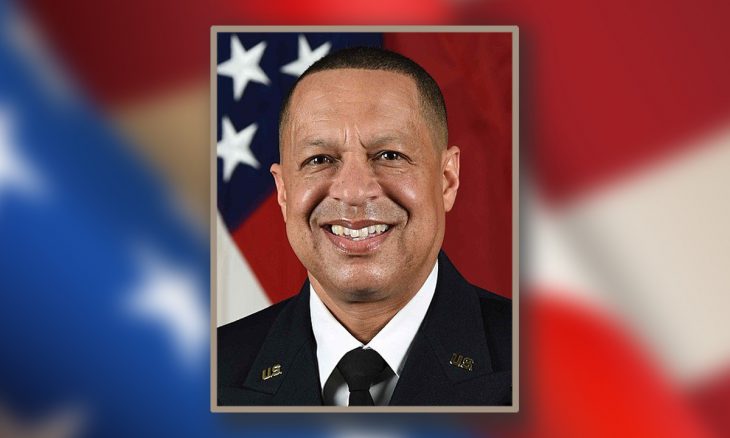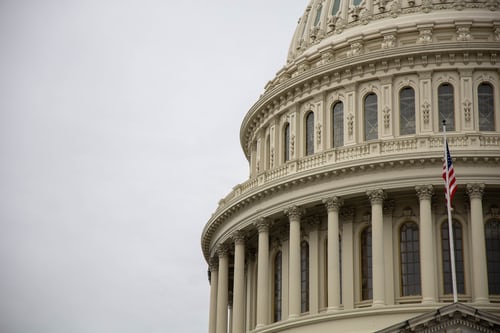Major General Clement Coward
Acting Director, Defense Department Force Resiliency Office
Clement S. Coward earned an undergraduate degree in speech communications from the University of North Carolina at Wilmington, receiving his commission into the U.S. Army afterward. He holds a Master of Arts in National Security and Strategic Studies from the Naval War College and a Master of Science in Strategic Studies from the Army War College.
He has held leadership roles in a variety of levels, with service in Saudi Arabia and Operation Iraqi Freedom. He has held key staff positions including at the Office of the Under Secretary of the Army and the Strategic Initiatives Group for the Secretary of the Army. Prior to his current position, he was the commanding general of the 32nd Army Air and Missile Defense Command based at Fort Bliss, Texas.
Coward assumed the duties of director of the Department of Defense Sexual Assault Prevention and Response Office (SAPRO) in September 2020. He currently serves as acting executive director for the Force Resiliency Office.
He is married with two children.
In the News…
According to data released by the Pentagon, there were 580 suicides in the military last year compared with 504 the prior year. The numbers were spread across National Guard, Reserve troops, and active duty service members.
Defense Secretary Lloyd Austin said, “The findings are troubling. Suicide rates among our service members and military families are still too high, and the trends are not going in the right direction.”
According to Army Major General Clement Coward, acting executive director for the Force Resiliency Office, the department did not see a “statistical change in the suicide rates” to indicate that the COVID-19 pandemic had an impact. But, he added, they are still looking at the issue.
“We have always known that COVID, and the measures to respond to it, have presented unique challenges that would include risk factors for some folks,” he said.
General Coward said the military suicide rates were comparable to civilian U.S. rates. However, the use of a firearm was more frequent with the military than in the civilian population, he said.









